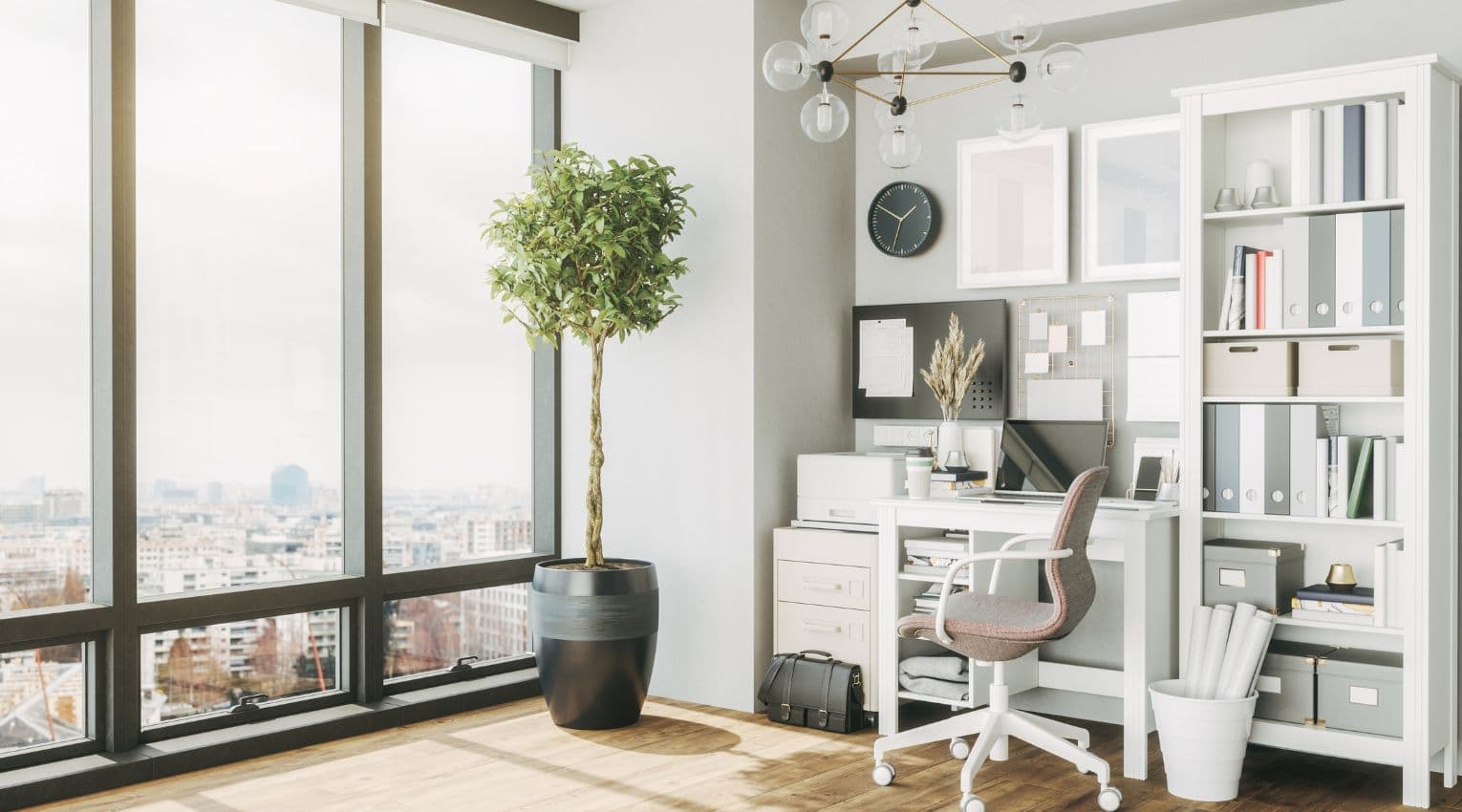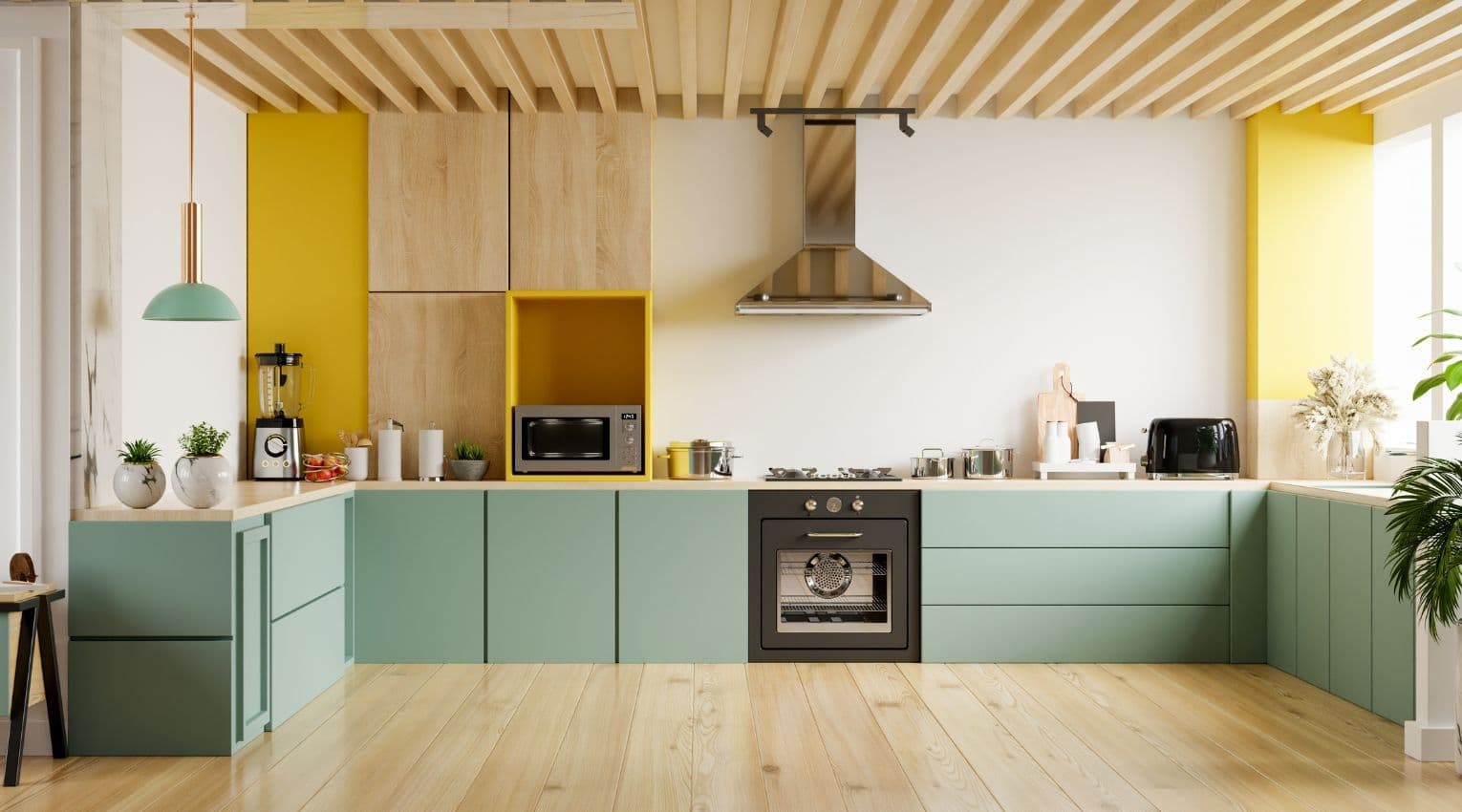Understanding Which Home Improvements Are Tax-deductible

If you’re a homeowner who has recently made renovations, you know that they can potentially add value to your home — but you might have some questions around their impact on your tax bill. Namely, Are home improvements tax deductible? (many are) and Can you write off home improvements? (yes, some, especially when supported by receipts).
Generally speaking, home improvements are not tax deductible in the year that you make them. However, there are exceptions, and you should always keep records of all of your renovations and repairs for this and a variety of other reasons.
Below, we’ll clarify the difference between tax deductions and tax credits, cover some common renovations and improvements that may be tax-deductible in the year that you make them, how home improvement tax deductions work, and how you may be able to leverage them to lower your tax bill.
Tax Credits vs. Tax Deductions
Before you assess your home improvements, it’s important to understand the difference between a tax deduction and tax credit. While both can reduce your tax bill total, each accomplishes it in a different way. A tax deduction lowers the amount of your income that’s subject to tax, while a tax credit directly decreases your tax liability. Generally, tax credits lead to more total savings for taxpayers; for example, they’d pay less with a $300 tax credit than with a $300 deduction, because the credit is dollar for dollar.
Capital Improvements
A capital improvement is defined as “the addition of a permanent structural change or the restoration of some aspect of a property that will either enhance the property’s overall value, prolong its useful life, or adapt it to new uses.”
Examples of capital improvements to your home include additions, roof replacement, a new central air conditioning system, or a swimming pool. Some smaller items, like the installation of an intercom or security system, may also qualify. While capital improvements aren’t tax deductible in the year you make them, it’s important to keep track of them, since you may be able to save on your tax bill in the future when you sell your house.
However, there are a handful of exceptions when it comes to home improvements for which you can claim deductions in the same year. Let’s explore some of them.
Tax-Deductible (or Creditable) Home Improvements
Below, we’ll cover the following tax-deductible and creditable home improvements in detail:
- Energy-efficient updates
- Renewable energy system installation
- Home office improvements
- Medical home improvements
- Landlord home improvements
Energy-efficient updates
While not a deduction, you may be eligible for something called the Energy Efficient Home Improvement Credit if you’ve made qualifying updates to your primary home after January 1, 2023. These include new doors, windows, and skylights, as well as heat pumps and biomass stoves or boilers.
The maximum credit amount is $3,200, with cost limits for claims on each improvement ($250 per door up to $500 total, $600 for windows, $150 for home energy audits, and $2,000 for heat pumps, stoves, and boilers), and the credit is valid for qualifying updates made through January 1, 2033.
Renewable energy system installation
If you’ve invested in solar, wind, geothermal, fuel cell, or battery storage technology for your home energy purposes, you could be eligible for a tax credit that equals 30% of the installation costs, with no maximum dollar limit — however, this excludes credit limits for fuel cell property. The 30% credit is valid for systems installed between 2022 and 2032, and will decrease to 26% for 2023 installations and 22% for 2034 installations.
This credit is non-refundable, which means that your tax credit amount must be less than the amount you owe in tax.
Home office improvements
Self-employed individuals and remote workers who use part of their primary home exclusively for business purposes may qualify for a tax deduction on repairs made to their office. It should be noted that only the cost of fixes that restore functionality (e.g. repairing or replacing a broken desk) will be deductible in the same year — not improvements or full-scale renovations, which would fall under the capital improvement umbrella.
Medical home improvements
Updates to your home for the purpose of medical care for yourself, your spouse, or your dependents could be eligible for tax deductions. Qualifying improvements include home exit and entrance ramps, widening hallways or doorways, installing modifications like railings or support bars, grading the exterior of the property to make it more accessible, modifying fire alarms or smoke detectors, and adding lifts.
Landlord home improvements
If you’re a landlord who owns a property and rents it out to tenants, you may be able to claim improvements for tax deduction purposes.
According to the IRS, landlord improvements fall into one of two categories: maintenance (returning things to their original condition) and improvements (making updates that increase the value).
By and large, maintenance (or repairs) are the only type of home improvements that are tax deductible for landlords in the year in which they’re made. Examples include fixing or replacing individual damaged roof shingles and repairing a malfunctioning washer or dryer.
Frequently Asked Questions
What qualifies as a capital improvement for tax purposes?
It can sometimes be tough to differentiate between simple repairs and maintenance and capital improvements. In general, a repair/maintenance task is usually a one-time expense that helps to keep your home livable and/or fixes a specific problem; this might include air conditioner maintenance, toilet/faucet repair, or the replacement of a roof shingle, floor tile, or cabinet door. A capital improvement is an addition or change that boosts your property value or adapts/increases its useful life.
What are examples of capital improvements?
Example of capital improvements include additions (like a deck, pool, or new room), a complete room facelift/upgrade (like a kitchen renovation), installation of central air conditioning or a new plumbing system, or replacing a significant portion (more than 30%) of an existing system or feature like a roof.
What happens if I decide to move after making capital improvements?
If you sell your home after you make capital improvements, you’ll be required to pay capital gains tax. Currently, so long as you have owned and lived in the home for at least two of the five years leading up to the sale:
- If you’re a single filer, you won’t have to pay taxes on the first $250,000 of profit when you sell your primary residence
- If you’re filing jointly as a married couple, you won’t have to pay taxes on the first $500,000 of profit when you sell your primary residence
However, things can change from year to year, so make sure to check the latest laws and make sure you’re up to date with them when you decide to sell.
What happens if you don't have receipts for capital improvements?
You should do your best to keep all receipts for capital improvements in a safe and secure place, so you can refer to them as needed and be able to provide evidence of the renovations. In some cases, if you don’t have receipts, you may be able to show your bank or credit card statements in combination with any contractor paperwork you have to the IRS, but there’s no guarantee that you’ll be able to successfully claim them in the absence of receipts.
What is capital gains tax?
Capital gains tax is defined as a tax imposed on the sale of an asset — examples of assets include stocks, bonds, cryptocurrencies/NFTs, jewelry, coin collections, and real estate. As it relates to property, capital gains tax is only due when you sell a home. However, you may avoid having to pay this tax on the first $250,000 of your profits if your filing status is single, or the first $500,000 if you’re married and filing jointly.
Are utilities tax deductible?
As we touched on above, if you use your home office regularly and exclusively for self-employment or business purposes, you may be able to claim a percentage of your utilities on your taxes based on either the square footage of your office or the percentage of your home designated for business use.
Are improvements to home office tax deductible?
If you’re self-employed or work remotely and use your home office regularly and exclusively for business purposes, you can likely claim relevant repairs — but not renovations — as deductions. Larger-scale renovations are capital improvements.
Along with keeping track of home renovations and repairs, it can be helpful to monitor your home value over time in order to make more informed decisions — including when to sell. Your Home Equity Dashboard can help you do just that, while also giving you the ability to calculate the average cost of common renovations and their return on investment so you can better prioritize and plan your future improvement projects.
Create your Home Equity Dashboard and get started today.
You should know
We do our best to make sure that the information in this post is as accurate as possible as of the date it is published, but things change quickly sometimes. Hometap does not endorse or monitor any linked websites. Individual situations differ, so consult your own finance, tax or legal professional to determine what makes sense for you.



